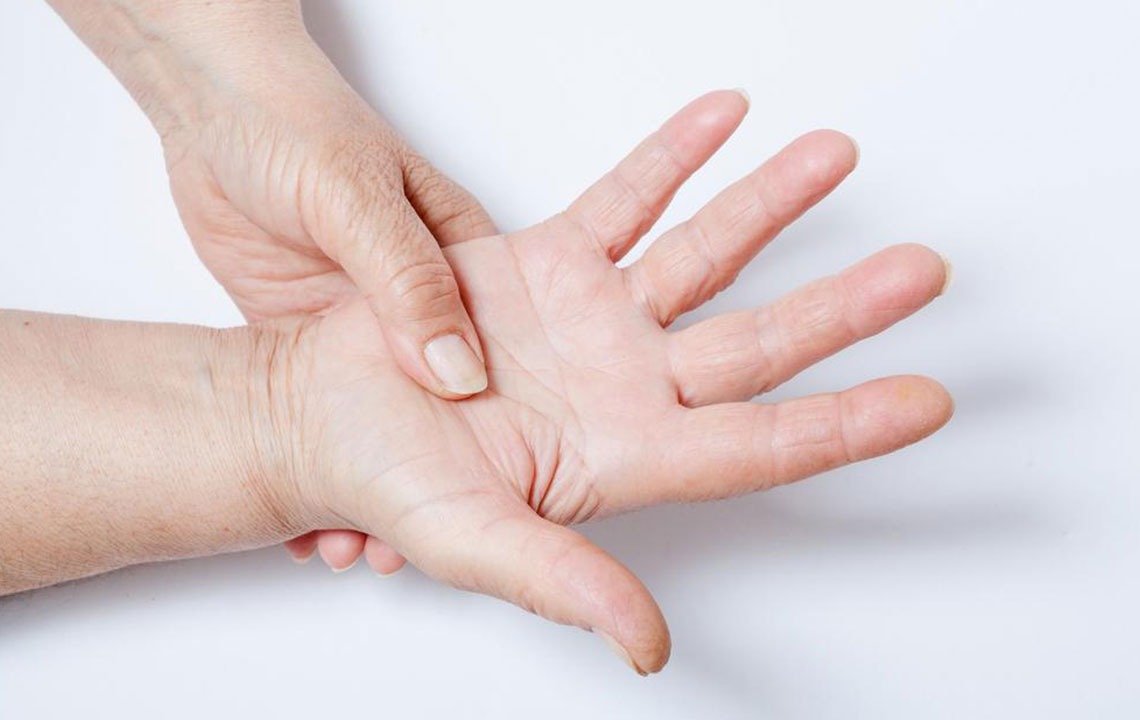8 Symptoms of Lupus You Need to Know
Lupus is an autoimmune disease, where the immune system attacks its tissues. It is an incurable disease, but some medications can help improve the condition of life.
Recognizing the disease at the early stages is crucial. If this is done, treatment can be started in advance, and the disease can be slowed. Lupus is seen most often in women in the age group of 15 to 45. With the right treatment, patients can even live a normal life.
Lupus affects each person differently. It has mild effects on a few and is more severe on others. Symptoms of lupus start at early adulthood or even at 30 for a few.

There are several symptoms that can help identify the disease. Some of the symptoms of lupus may just be due to other conditions or diseases. If you find yourself with three or more of these symptoms, it is best to visit a specialist immediately.
If you want to know what are the symptoms of lupus, here are seven you should look out for:
Symptom #1: Fatigue
This is a relatively common symptom in people who have lupus. If you experience it often, then you need to get yourself checked. If this is mild and rare, it can be treated. Otherwise, visit a doctor.
Symptom #2: Hair loss
This is one of the earliest symptoms of lupus. It happens as a result of inflammation of the scalp and the skin. There are few cases where patients even loose chunks of hair at random. Even if it seems like your hair is slowly thinning out, visit a doctor.
The hair loss can happen in the eyebrows, eyelashes, beard, and any other body hair too. The condition makes the hair brittle and looks rugged. In fact, there is even a term called “lupus hair.” It is possible to treat the scalp and regain hair growth. However, if the lesions are too severe, the damage might be permanent.
Symptom #3: Sudden fever
Random bouts of fever are one of the early symptoms of lupus. The temperature is between 98.5 to 101-degree Fahrenheit. It might seem unimportant, but if it reoccurs, you need to visit a doctor. You will have a fever on and off that might make it seem similar to viral fever. This could be a symptom of infection or inflammation. It is best to see a doctor to confirm and treat it.
Symptom #4: Inflammation of the kidney
Nephritis is the term used to refer to inflammation of the kidney. The kidneys have a harder time filtering and expelling waste from the blood. You can see the onset of this condition within five years of the early symptoms of lupus. There might be a pain on the side. It might cause blood in urine or darker urine. Patients might be having to use the bathroom several times at night. Patients tend to ignore these initial symptoms. It is best to visit a doctor if you find and discoloration.
Symptom #5: Pulmonary inflammation
This is another symptom of lupus. The lungs become swollen, and the inflammation can even extend to the blood vessels in the lungs. There might even be some swelling observed in the lungs. There will be a pain in breathing due to this. This is called as pleuritic chest pain. As the condition progresses, lung shrinks in size. The chest pain and loss of breath are the main signs of this. There need to be scans taken to observe and monitor any such changes.
Symptom #6: Skin Rashes
This is a visible and definite sign of lupus. It forms a butterfly-shaped rash over the nose and the cheeks. It is common in over 50% of the patients diagnosed with lupus. The rash might appear after exposure to the sun. It is a sign of the onset of lupus. There are rashes and lesions in other parts of the body too. These are not itchy at times. Patients with lupus have sensitive skin and are uncomfortable under the sun and artificial lighting. There is even discoloration at times.
Symptom #7: Swollen joints
There is inflammation in the joints as well. There will be stiffness, pain, and swelling in the morning. It might be minimal in the beginning, but as the disease progresses, it becomes more severe. Joint pains are generally common. The swelling might even be due to conditions like arthritis. However, it should not be ignored.
There are other symptoms of lupus – dryness in the mouth, eyes, and skin. Oral ulcers, pain in the muscle, dizziness, and seizures are also observed as symptoms of lupus. Not everyone gets the same set of symptoms. However, it is best to know what are the symptoms of lupus. Once you know the clear signs of lupus, you can give it the correct treatment.

